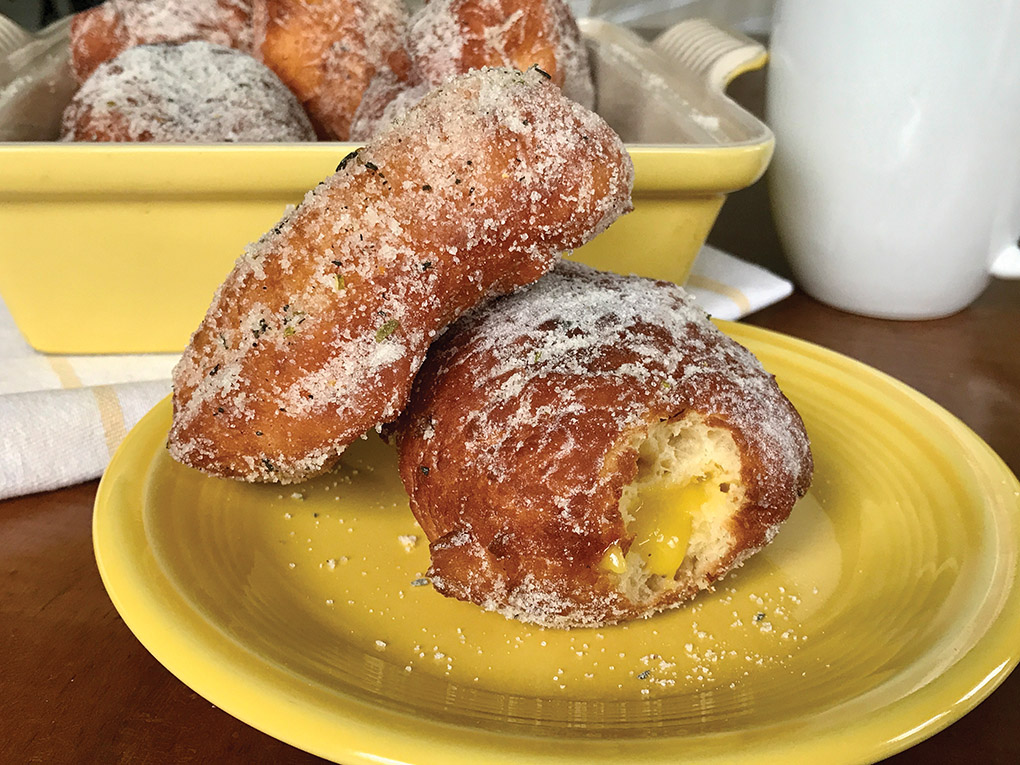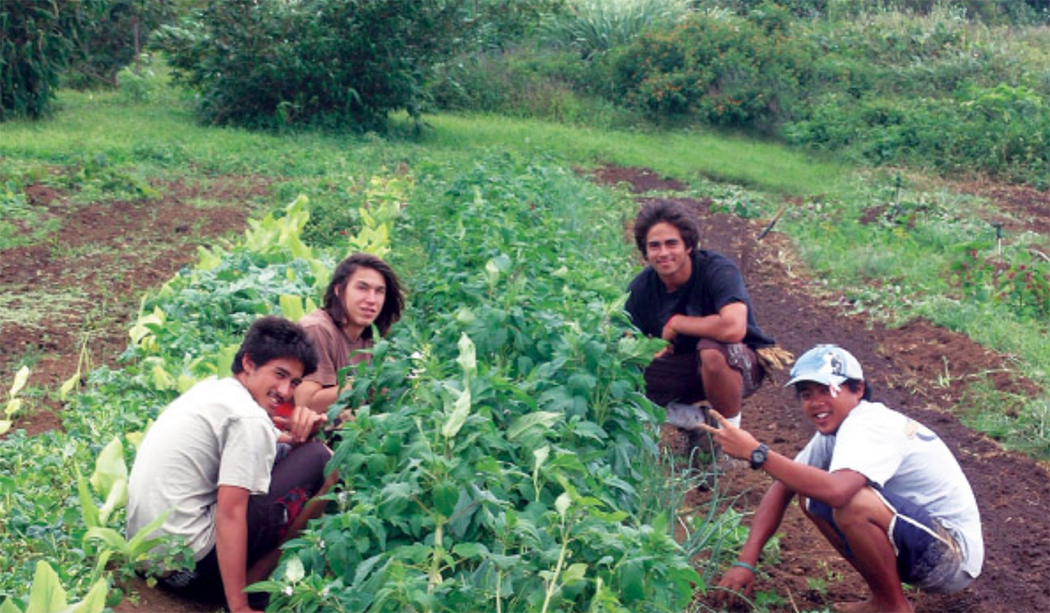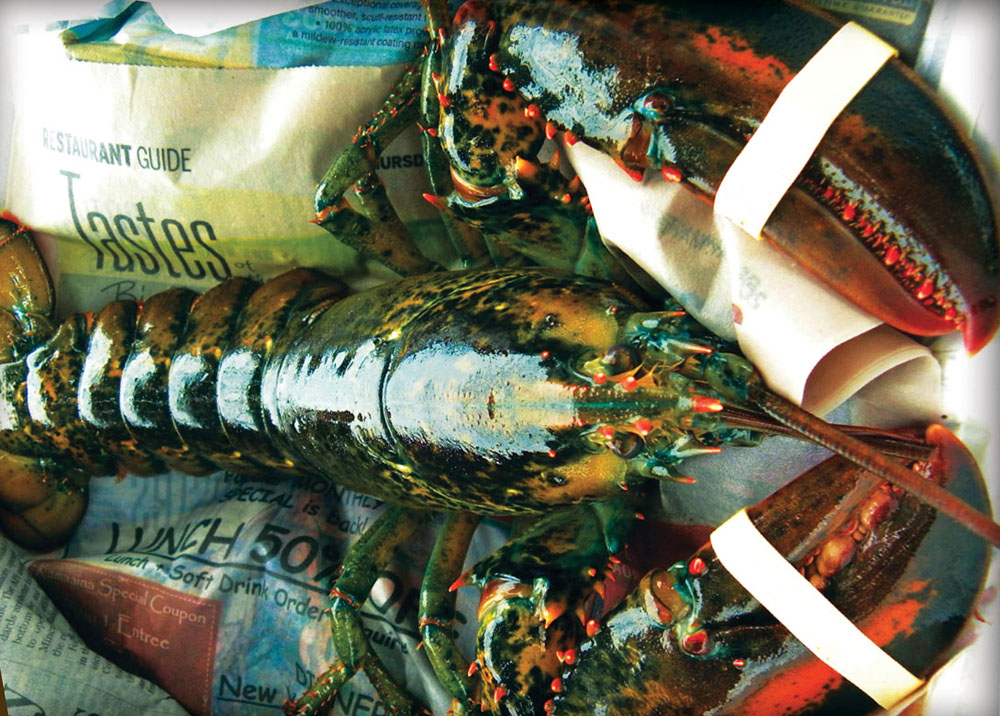Hawai‘i Maintains Japanese Tradition of Mochi Making
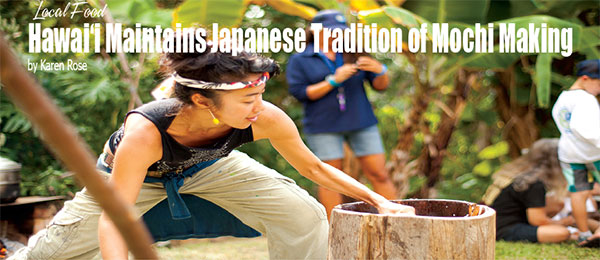 By Karen Rose
By Karen Rose
Hawai‘i’s culture is unique. Many of the state’s traditional practices are a fusion and adaptation of customs brought to the islands by multiple ethnic groups who migrated here to start new lives.
These varying immigrant groups each contribute elements of their heritage to the cultural stew, creating Hawai‘i’s distinct local island flavor. Japanese-Americans make up a significant percentage of the state’s population, and one of the celebrated customs brought with them to Hawai‘i is the practice of mochi-making.
For local Japanese-Americans wishing to perpetuate their culture, mochi-making has become a traditional practice during the New Year, and is a favorite local treat year round.
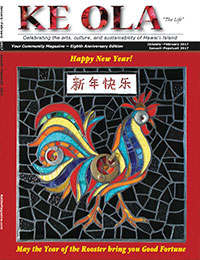
A symbolic blessing of longevity, good health, and strength, mochi is made from a sweet rice that is cooked and pounded into a chewy, sticky consistency. It’s made in a variety of colors and delicious sweet fillings such as black bean, taro, green tea, and peanut butter. Most grocery stores in Hawai‘i sell mochi throughout the year and it’s found in abundance during the holiday season.
On New Year’s Day, mochi is often made and given as a gift of good luck, or put into a soup thought to bring courage and strength to those who partake. Another traditional way to present mochi is stacking two round pieces together and topping it with a tangerine. The treat is placed on paper along with drawings of good luck and taken to the gravesides of loved ones, or placed around the home or workplace to bring forth wealth and prosperity.
To make mochi, rice is soaked overnight, then once it is pounded soft and smooth, it is pulled and shaped into various sizes and shapes and filled with different flavors. Legend says that luck is rejuvenated while pounding mochi.
After all the pounding, creating, and feasting, families can create kadomatsu, a traditional Japanese New Year decoration that is placed in front of homes to welcome ancestral spirits and gods who bring bountiful harvest. Designs for kadomatsu are typically made of pine or bamboo and represent longevity and prosperity.
The charm of mochi-making is how it brings together family and friends of all ages. Although mochi is readily available at most Hawaiian grocery stores, nothing compares to the fun of laughing and laboring over this freshly-made treat. Mochi-making is a joyful tradition of bringing people together to celebrate not only the New Year, but the bonds that strengthen and hold our community together.
Butter Mochi Recipe
Ingredients:
3 1/2 cups sweet rice flour (mochiko)
2 1/2 cups white sugar
2 tablespoons baking powder
5 eggs
1 teaspoon coconut extract
1 teaspoon vanilla extract
2 cups milk
1 (14 ounce) can coconut milk
1/2 cup melted butter
Preheat oven to 350°.
Grease a 9×13 inch baking dish.
Whisk the rice flour, sugar, and baking powder together in a mixing bowl.
Beat the eggs, coconut extract, and vanilla extract in a mixing bowl until the eggs are smooth. Whisk in the milk, coconut milk, and melted butter until incorporated. Stir in the flour mixture a little at a time until no lumps remain; scrape into the prepared baking dish, and smooth the top.
Bake in the preheated oven until the mochi is golden brown, about 1 hour.
Cool to room temperature before cutting into 24 pieces to serve.
Contact writer Karen Rose: island.girl.rose@gmail.com
